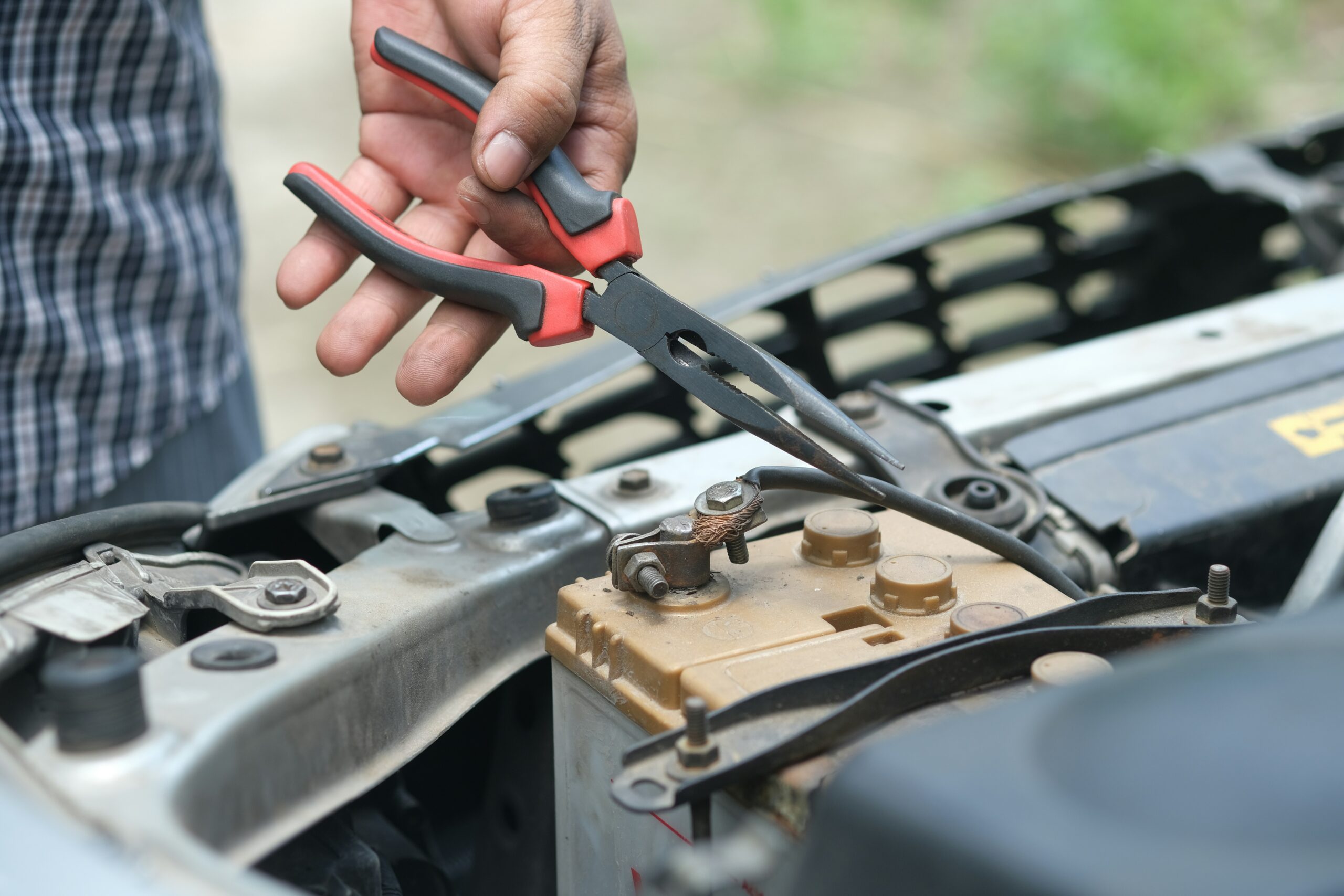Have you ever wondered how something as simple as wheel alignment can have such a profound impact on your vehicle’s performance? Well, wonder no more! In this article, we’ll take a closer look at how wheel alignment can affect three vital aspects of your vehicle’s suspension system: camber, caster, and toe. Get ready to discover the fascinating connection between wheel alignment and these crucial elements, and learn why paying attention to alignment is essential for a smooth and safe ride. So, let’s jump right in and explore the intricacies of how wheel alignment influences camber, caster, and toe!

The Importance of Wheel Alignment
Proper wheel alignment is essential for maintaining optimal vehicle performance, ensuring safety, and maximizing tire lifespan. When your wheels are aligned correctly, you experience improved handling, enhanced fuel efficiency, and reduced vibration and tire wear. Let’s delve deeper into understanding the impact of wheel alignment on three vital components: camber, caster, and toe.
Improving Vehicle Performance
Wheel alignment plays a crucial role in enhancing your vehicle’s performance. When your wheels are aligned correctly, the tires make even contact with the road surface, allowing for improved steering response and overall handling. This means you can maneuver your vehicle more effortlessly, especially when navigating curves or corners. Additionally, properly aligned wheels minimize rolling resistance, reducing the effort required for your vehicle to move forward. As a result, you may notice improved traction, increased fuel efficiency, and a smoother ride.
Extending Tire Life
One of the significant benefits of wheel alignment is its positive impact on tire lifespan. When your wheels are properly aligned, each tire wears down evenly across the entire tread surface. This prevents premature or uneven tire wear, helping you get the most out of your investment in tires. On the other hand, misaligned wheels can cause uneven tire wear, leading to decreased tread life and the need for premature tire replacement. By ensuring accurate wheel alignment, you can extend tire life and save money in the long run.
Enhancing Safety and Handling
Proper wheel alignment is directly linked to safety and handling. Misaligned wheels can negatively affect your vehicle’s stability, making it more challenging to control and maneuver. When your wheels are aligned correctly, your vehicle responds predictably to steering inputs, allowing you to maintain control even in emergency situations. Moreover, accurate wheel alignment promotes balanced tire grip, reducing the risk of skidding or losing control during wet or slippery conditions. By prioritizing wheel alignment, you prioritize your safety and that of your passengers.
Understanding Camber
Definition and Measurement of Camber
Camber refers to the vertical angle of a wheel relative to the road surface when viewed from the front or rear of the vehicle. It is measured in degrees and can be positive or negative. Positive camber occurs when the top of the wheel tilts away from the vehicle, while negative camber is the opposite – the top of the wheel tilting toward the vehicle.
Effects of Positive and Negative Camber
Positive and negative camber have distinct effects on vehicle performance. Positive camber tends to provide better stability during straight-line driving, making it suitable for heavy-duty vehicles or those carrying substantial loads. However, excessive positive camber can lead to uneven tire wear on the outer edges and compromised cornering ability.
Negative camber, on the other hand, enhances cornering performance, as it allows the tire to maintain optimal contact with the road during turns. This setup is commonly seen in high-performance sports cars and racing vehicles. However, excessive negative camber can result in accelerated wear on the inner edges of the tire and compromised stability during straight-line driving.
Determining the Ideal Camber Angle
The ideal camber angle varies depending on various factors such as vehicle type, suspension design, and driving conditions. Manufacturers typically provide recommended camber angles, and these should be followed for optimal performance and tire wear. It is always best to consult a professional technician who can assess your specific vehicle and determine the ideal camber angle based on your needs and driving habits.
Caster and Its Impact
Defining Caster Angle
Caster angle refers to the steering axis inclination when viewed from the side of the vehicle. It is measured in degrees and is determined by the line connecting the upper and lower pivot points of the steering system. Positive caster occurs when the line tilts toward the rear of the vehicle, while negative caster tilts toward the front.
Influence on Steering and Stability
Caster angle plays a significant role in determining a vehicle’s steering stability and self-centering characteristics. Positive caster provides a self-centering effect, meaning that after a turn, the steering wheel naturally returns to its straight-ahead position. This enhances steering control and stability, especially at higher speeds. On the other hand, negative caster reduces the self-centering effect, making the steering feel looser and less stable.
Finding the Optimal Caster Angle
The optimal caster angle depends on factors such as vehicle design, suspension geometry, and driving preferences. Higher caster angles are commonly found in vehicles that prioritize stability, such as trucks and larger SUVs. Sports cars and performance vehicles, on the other hand, often have lower caster angles to enhance maneuverability. It is crucial to consult with a professional alignment technician who can assess your specific vehicle and recommend the ideal caster angle based on your needs and driving preferences.
Toe and Its Effects
Explaining Toe Alignment
Toe alignment refers to the angle at which the tires point inward or outward when viewed from above. It is typically measured in degrees and can be positive or negative. Positive toe occurs when the leading edges of the tires point toward each other, while negative toe means the leading edges point away from each other.
Impacts on Tire Wear and Handling
Proper toe alignment is crucial for maintaining even tire wear and optimal handling. When the toe angle is aligned correctly, the tires roll parallel to each other and the vehicle’s direction. This ensures uniform tire wear across the tread surface, extending tire lifespan. However, improper toe alignment can result in uneven tire wear, including excessive wear on the inner or outer edges of the tires. Furthermore, misaligned toe can affect handling, causing the vehicle to pull to one side, reducing steering response, and potentially compromising safety.
Recommended Toe Settings for Different Purposes
The recommended toe settings vary depending on the vehicle’s design, suspension setup, and driving requirements. A slight amount of toe-in is commonly used to enhance stability and improve straight-line tracking, particularly at higher speeds. On the other hand, toe-out can enhance maneuverability and responsiveness, making it suitable for certain performance-oriented vehicles. It is crucial to consult with a professional alignment technician who can assess your specific vehicle and recommend the appropriate toe setting based on your needs and driving preferences.
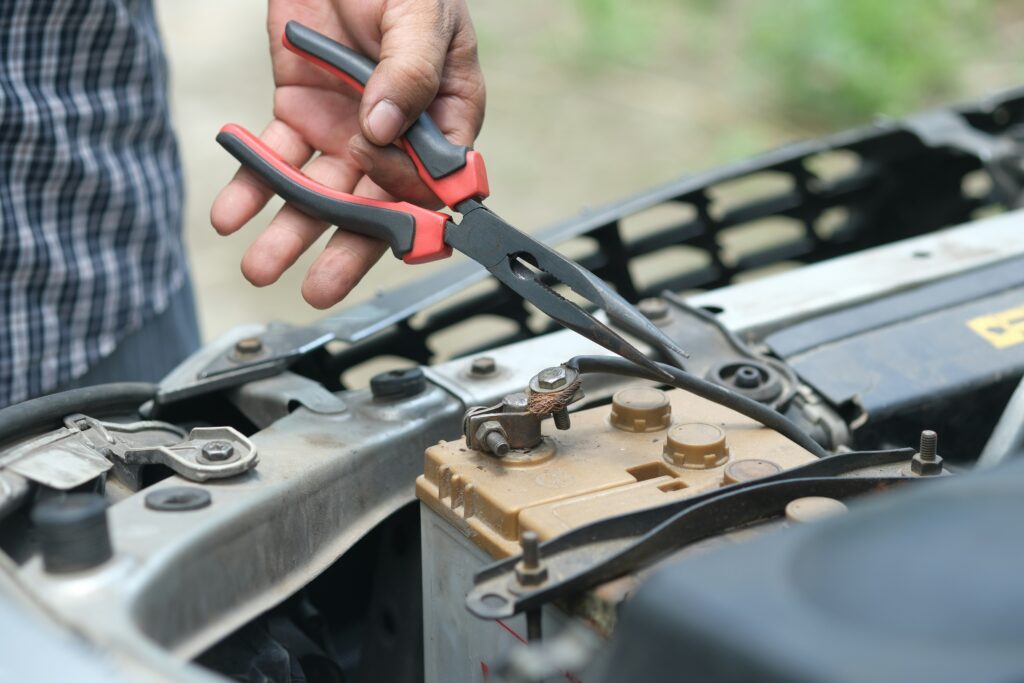
How Wheel Alignment Affects Camber
Adjusting Camber during Alignment
During a wheel alignment, the technician adjusts the camber angle to bring it within the manufacturer’s recommended specifications. This is typically done by adjusting the suspension components or using specialized alignment tools. By accurately aligning the camber, the technician ensures that the tires make even contact with the road surface.
Correcting Camber-related Issues
Misaligned camber can lead to uneven tire wear, compromised handling, and reduced stability. By addressing camber-related issues through wheel alignment, you can prevent premature tire wear, ensure optimal handling and stability, and maximize the lifespan of your tires.
Performance Characteristics Affected by Camber
Proper camber alignment significantly influences a vehicle’s performance characteristics. With the correct camber angle, you can experience improved cornering ability, enhanced stability, and better overall handling. Whether you drive a daily commuter, a high-performance vehicle, or a heavy-duty truck, accurate camber alignment is vital for maximizing your vehicle’s performance capabilities.
How Wheel Alignment Affects Caster
Alignment Techniques for Caster
Similar to camber alignment, wheel alignment technicians adjust the caster angle during the alignment process. By using specialized alignment tools, the technician ensures that the caster angle falls within the manufacturer’s recommended specifications.
Addressing Caster-related Problems
Misaligned caster can result in poor steering response, reduced stability, and compromised self-centering characteristics. By aligning the caster angle correctly, the technician ensures optimal steering control, stability, and self-centering, thereby enhancing the overall driving experience.
Enhancing Steering and Stability
Proper caster alignment is essential for achieving optimal steering and stability. The correct caster angle improves straight-line tracking, enhances steering control, and provides a self-centering effect. By prioritizing caster alignment, you can enjoy a more comfortable and controlled driving experience.
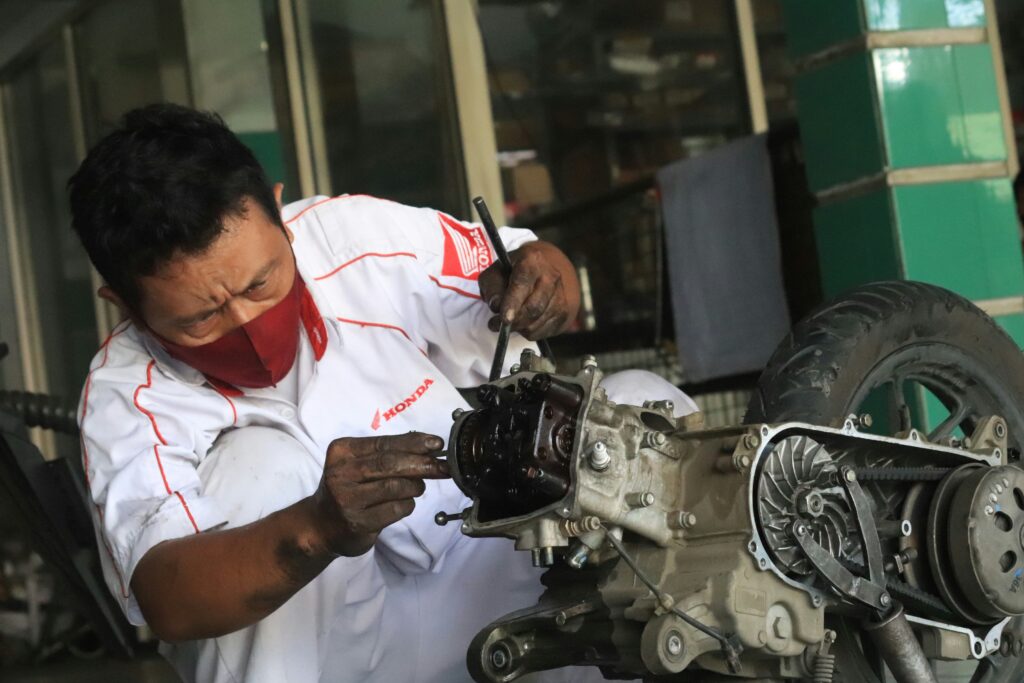
How Wheel Alignment Affects Toe
Altering Toe Angle in Alignment
During the wheel alignment process, technicians adjust the toe angle to align it with the manufacturer’s specifications. This is done by adjusting the tie rods or other suspension components.
Resolving Issues Caused by Toe Misalignment
Misaligned toe can result in uneven tire wear, reduced steering response, and compromised vehicle control. Accurate toe alignment eliminates these issues, ensures even tire wear, and enhances steering responsiveness and overall vehicle control.
Improvements in Tire Wear and Vehicle Control
Proper toe alignment is crucial for extending tire lifespan and maintaining optimal vehicle control. When the toe angle is correctly aligned, the tires roll parallel to each other and the vehicle’s direction. This prevents excessive tire wear and offers precise steering response, allowing for improved vehicle control and a more enjoyable driving experience.
Factors Influencing Wheel Alignment
Various factors can contribute to the need for wheel alignment adjustments. Normal wear and tear, including hitting potholes or curbs, can throw off your vehicle’s alignment over time. Suspension modifications, such as installing a lift kit or lowering springs, can also impact alignment settings. Additionally, driving habits, such as aggressive cornering or driving on rough terrain, can affect alignment. It is vital to have your wheel alignment checked regularly and adjusted whenever necessary to ensure optimal performance and safety.
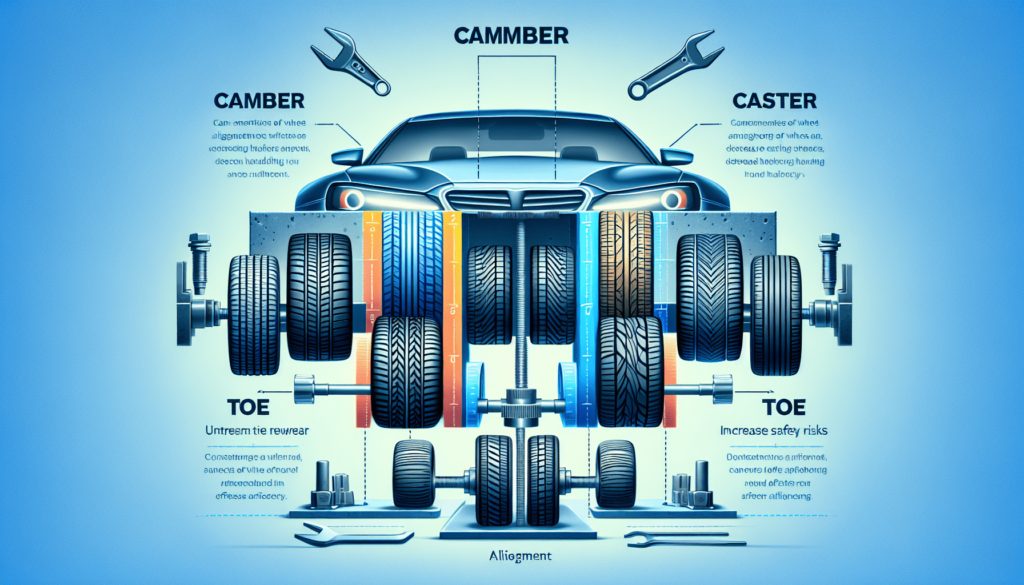
Alignment Methods and Equipment
There are two primary methods of performing wheel alignment: conventional alignment and computerized alignment systems. Conventional alignment relies on visual inspection and manual adjustments, while computerized alignment systems utilize advanced technology to precisely measure and adjust alignment angles. Advanced alignment technologies, such as laser alignment and four-wheel alignment systems, provide even more accuracy and efficiency, ensuring optimal alignment settings.
Signs of Misalignment and Maintenance
It is essential to be aware of signs that indicate your wheels may be misaligned. Some common symptoms include uneven or accelerated tire wear, vehicle pulling to one side, steering wheel vibration, and a feeling of unresponsiveness in the steering. If you notice any of these signs, it is crucial to have your wheel alignment checked promptly to prevent further damage and ensure your safety on the road. Regular wheel alignment check-ups, preferably every 6,000 to 12,000 miles or as recommended by your vehicle manufacturer, are essential for maintaining proper alignment and maximizing the lifespan of your tires.
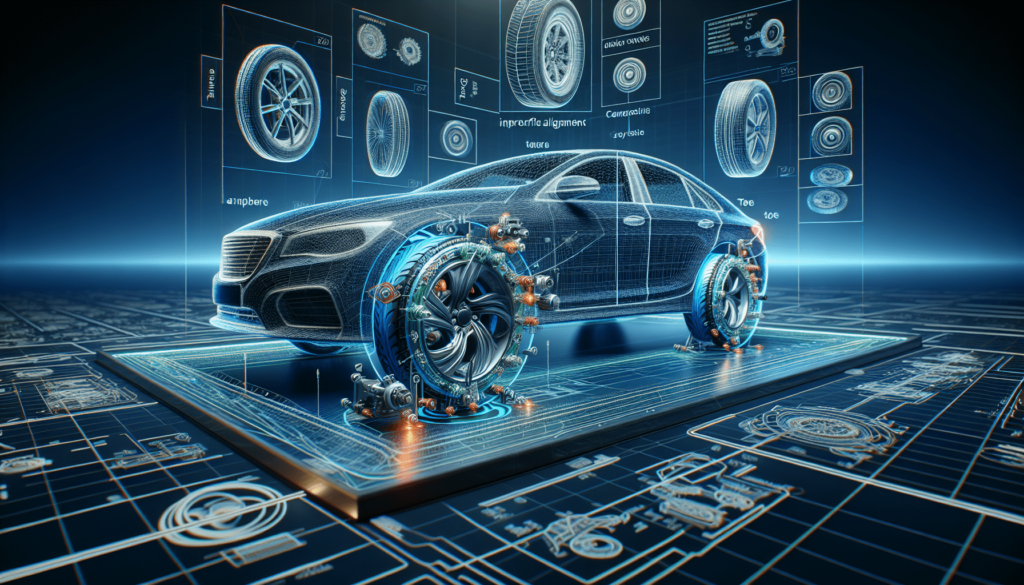
Importance of Regular Alignment
Regular wheel alignment is crucial for maintaining optimal vehicle performance, ensuring safety, and maximizing tire lifespan. By prioritizing wheel alignment, you can improve handling, extend tire life, enhance safety and stability, and maximize fuel efficiency. It is recommended to consult with a professional alignment technician who can assess your specific vehicle and provide accurate alignment adjustments based on your needs and driving habits. Regular alignment check-ups should be an integral part of your vehicle maintenance routine to prevent unnecessary tire wear, improve vehicle control, and ensure a smooth and comfortable driving experience.

